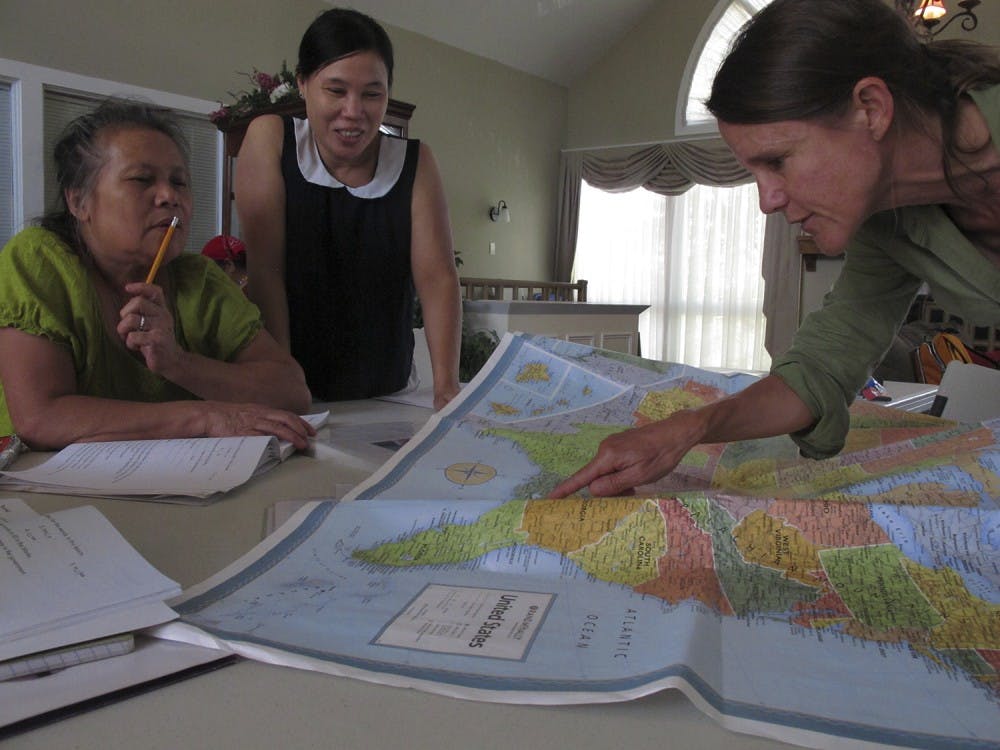According to The Chamber for a Greater Chapel Hill-Carrboro, Chapel Hill and Orange County have seen a rise in minority populations since 2010.
“We have seen growth for all racial and ethnic groups, but growth has been much faster for our Hispanic and Asian demographic groups,” Jessica Stanford, a Carolina Demography demographic analyst, said. “In addition to race and ethnicity, Orange County has a much greater share of the population that is now 65 and older than they did at the start of the decade.”
In Orange County, Stanford said that the Hispanic and Asian population's grew in the 2010s by 14 and 32 percent, respectively. However, she said Hispanic population growth was less than one percent in Chapel Hill, while the Asian demographic grew by almost 10 percent.
Stanford said Orange County has an exceptionally high international migration rate.
“Your migration into the area is broken down by domestic — people who were born in the United States — versus international. Their international migration rate was actually higher than their domestic, and that’s really unusual,” Stanford said. “That is not the case for Durham, Chatham or Wake counties I believe.”
The Chapel Hill Building Integrated Communities Project is a community planning project working to improve communication with the town’s foreign-born population and support their participation in local government. The program is also a collaboration between community groups, residents, the town of Chapel Hill and UNC’s statewide BIC program.
Sarah Viñas, assistant director of the Chapel Hill Office of Housing and Community, said the refugee arrival to Orange County and Chapel Hill, specifically, was relatively steady.
“Most recently, it’s ranged anywhere over the last 10 years from 20 people to 194,” Viñas said. “We have amazing diversity in terms of countries of origin, in terms of languages spoken, which I think is something that we’re really proud of and have been able to really highlight through BIC and bring people together across language and across cultures.”
According to the Chapel Hill BIC Project Community Assessment, the top five countries of origin for Chapel Hill immigrants are China, India, Korea, Mexico and the United Kingdom. Other top countries include Argentina, Japan and Canada.



